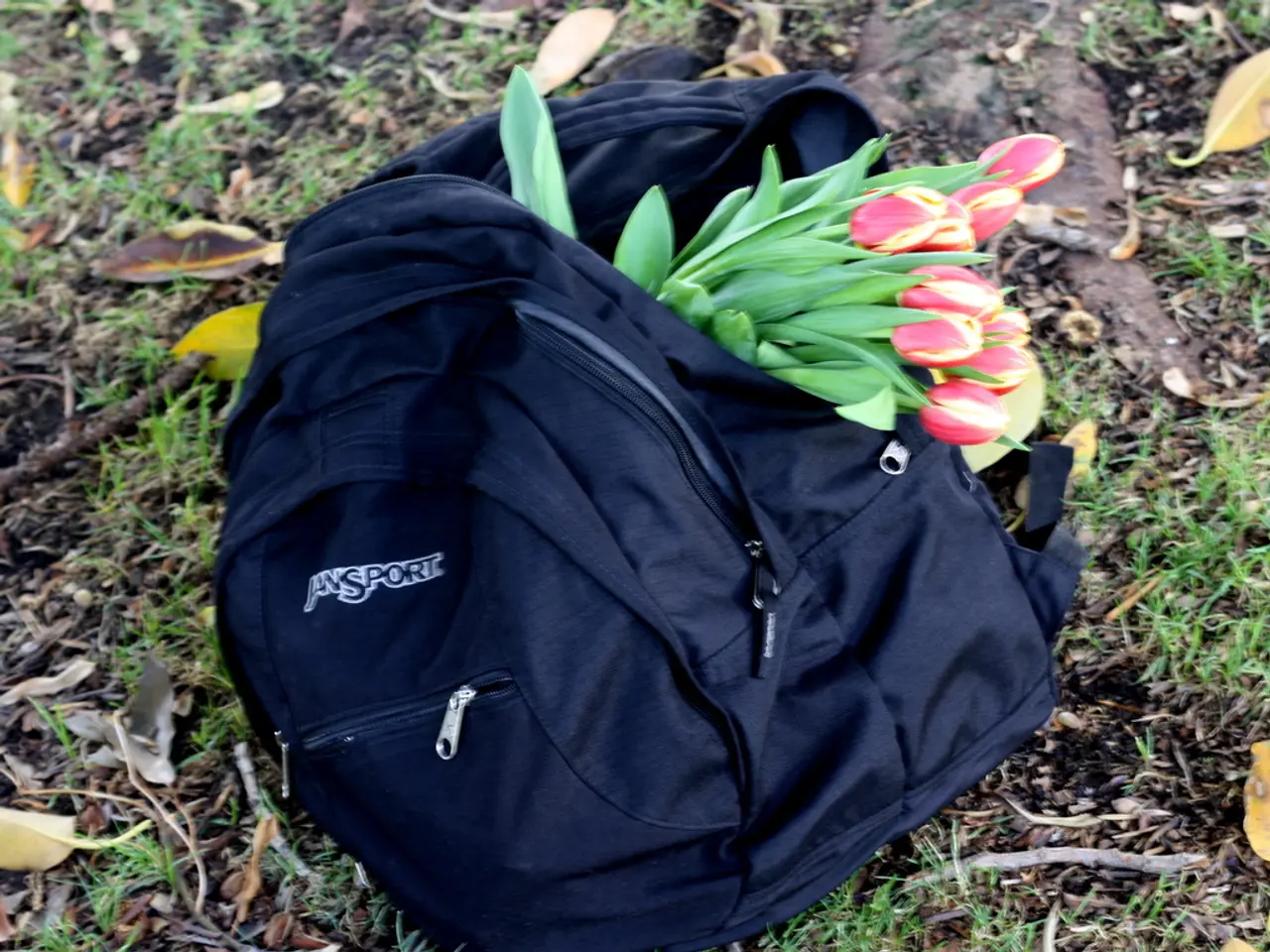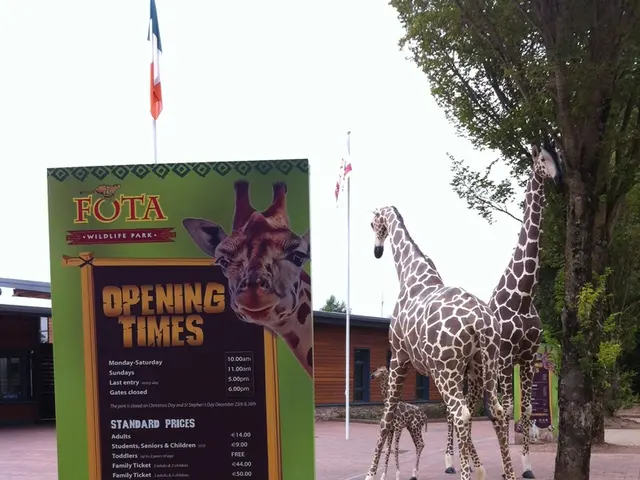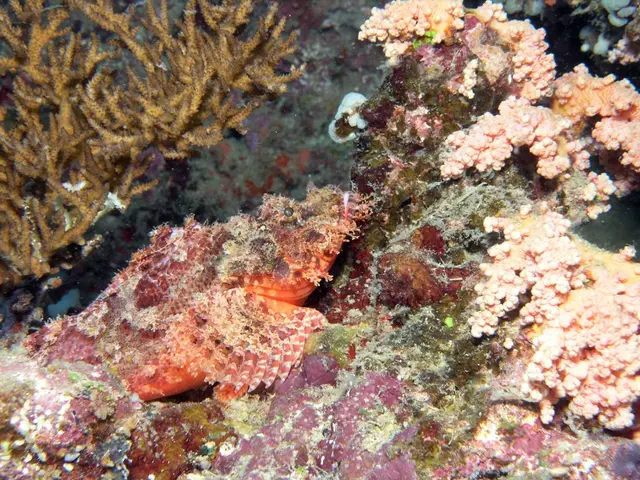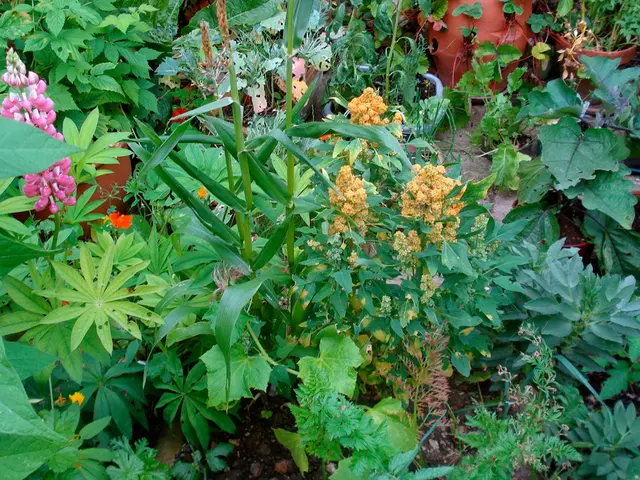Using Cardboard to Kill Grass: A Practical Approach
Transforming your lawn into a lush, environmentally friendly space has never been easier, thanks to cardboard sheet mulching. This inexpensive and natural method is gaining popularity as an alternative to traditional lawn care methods like herbicides, sod cutters, and solarizing.
So, what is cardboard sheet mulching? In simple terms, it involves layering cardboard over your existing grass, watering it, and covering it with mulch. Here's a step-by-step guide:
- Gather large sheets of cardboard, such as boxes from an appliance store. Ensure the cardboard is wet before laying it out to prevent it from flying away.
- Unfold or cut the cardboard to lay flat, and overlap it by 6 to 8 inches to prevent weeds or grass from growing through. Bricks, stones, or garden stakes are required to hold down the cardboard during the process.
- Add a layer of compost or manure beneath the cardboard, but this is not necessary. If you choose to use it, it will help conserve moisture and enrich the soil as it decomposes.
- Spread wood chip mulch on top of the cardboard, approximately 4 to 6 inches thick. This layer further suppresses grass regrowth and improves soil quality.
As the grass dies out, the cardboard decomposes, adding carbon to the soil. This process can take three to five months, although warmer months may speed up grass death to around two months. Cooler conditions can extend this to six months or more.
During this barren period, pots of colorful annuals can be used to decorate the area. After several months, once the grass has died out and most of the cardboard has decomposed, planting can be done immediately.
Sheet mulching is more economical and adds nutrients to the soil compared to other methods. It also supports pollinators, insects, birds, and wildlife, making it an environmentally friendly alternative to traditional lawns. Many people are replacing their lawns with drought-tolerant plants to save water and money.
In warm climates, the process can be started in early fall. In late winter or early spring, the process can be initiated as the heat accelerates the decomposition process. Thick and carefully done sheet mulching with cardboard followed by a woody mulch layer can accelerate the process further.
Remember, the cardboard also encourages microbial and worm activity, which helps break down the cardboard and improve the soil. So, while you wait for your new lawn to take shape, you're also contributing to a healthier ecosystem.
Happy mulching!
References: - [1] Grass type and vigour impact sheet mulching time. (n.d.). Retrieved from https://extension.psu.edu/grass-type-and-vigor-impact-sheet-mulching-time - [2] Sheet mulching with cardboard in warm and cool climates. (n.d.). Retrieved from https://www.extension.umn.edu/garden/yard-garden/lawns/sheet-mulching-with-cardboard-in-warm-and-cool-climates/ - [3] The benefits and drawbacks of sheet mulching. (n.d.). Retrieved from https://www.extension.umn.edu/garden/yard-garden/lawns/the-benefits-and-drawbacks-of-sheet-mulching/ - [4] Adding wood chips to sheet mulch. (n.d.). Retrieved from https://www.extension.umn.edu/garden/yard-garden/lawns/adding-wood-chips-to-sheet-mulch/ - [5] Sheet mulching: An alternative to sod removal. (n.d.). Retrieved from https://extension.psu.edu/sheet-mulching-an-alternative-to-sod-removal








